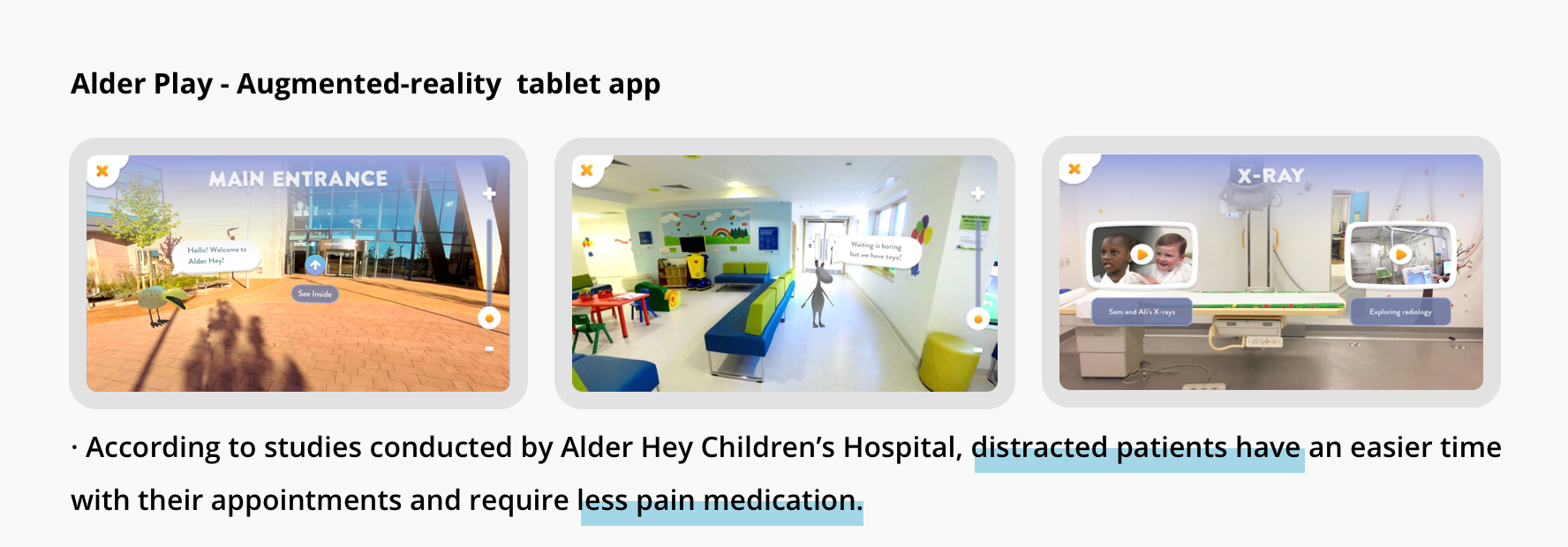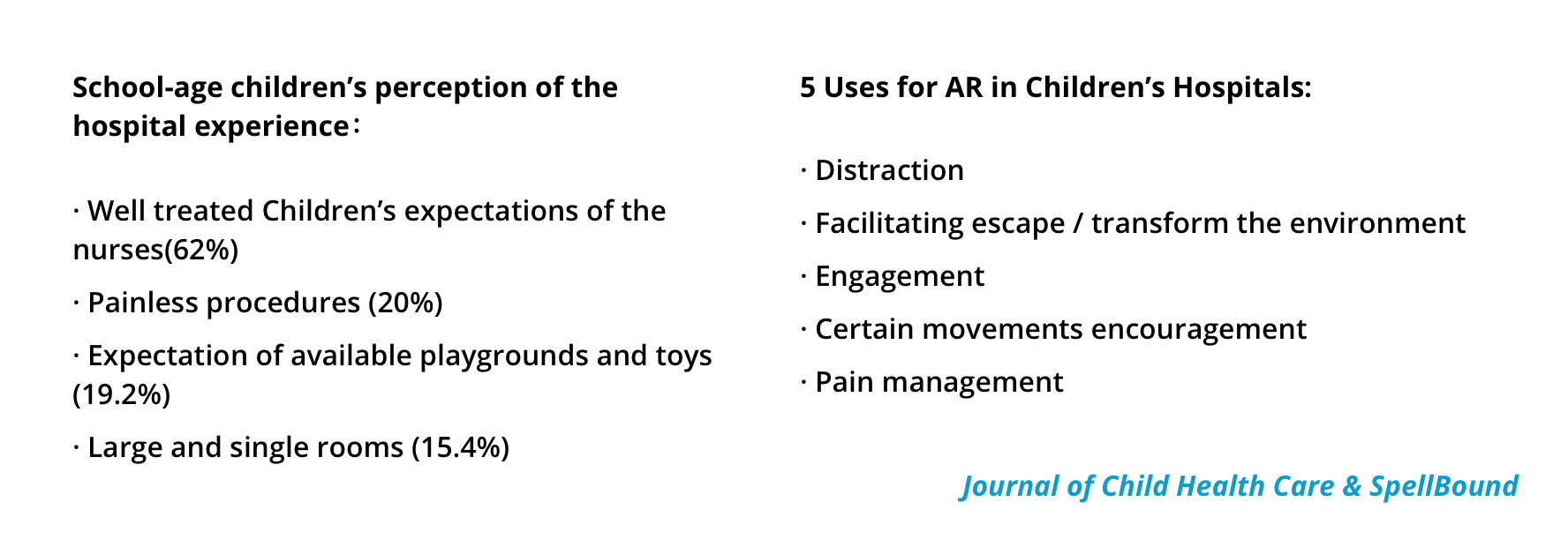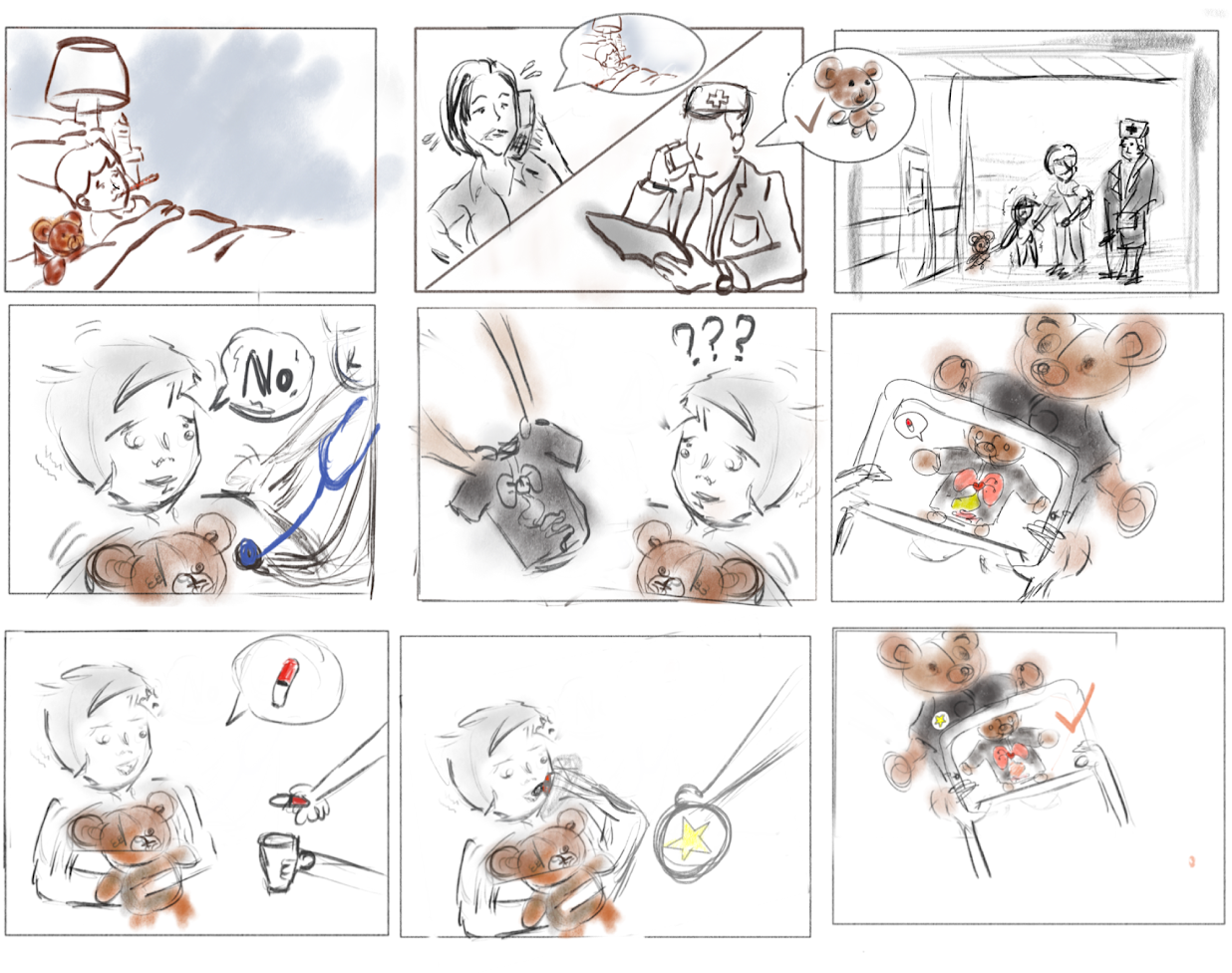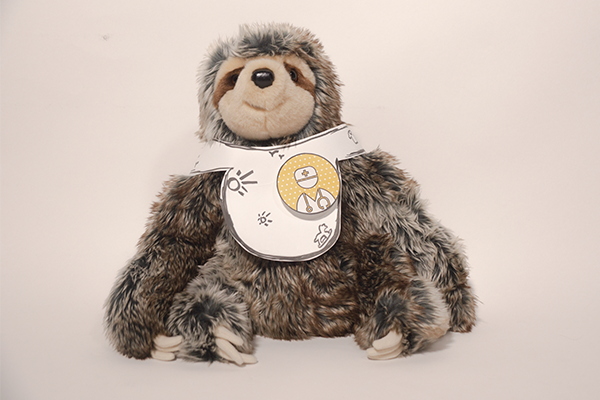BabySee
May. 2018 | Mobile AR Project
This is a technology-driven service design project. The initial challenge is to design an AR Tech product using in the hospital environment. Through the research and concept iteration, we narrow down the target users are hospitalized children. Range from a series of user researching, prototyping and testing, we developed a complete service design map and an interactive high-fidelity prototype.
My Role
UX Strategy, UX research, Interaction Design
Tools
Sketch, AR Tech - Unity3d/Vuforia
Teammates
Rita Zhang, Yanzhe Wu
about BabySee
BabySee is a new customized medical service design for 5-11 years old hospitalized children. Toys role-play let hospitalized children take care of the little "baby", which engages them actively participating in a smooth recovery process. AR Tech provides a second interface to let them interact with each other, including image recognition and voice guiding.
Phases
1 . Research
2. Ideation | concept iteration & marketing value
3 . Targeting the user | user personas
4 . Service flow | storyboard & user flow
5 . Wireframes | paper prototyping & usability testing
6. Product mockups
8 . Take away | what I learnt
Research
Key findings in children’s hospitals researching:
Hospitalized children’s needs
The status of the hospital environment and related product
Potential directions for applying AR to this situation
Ideate
Exploring the marketing values from 3 perspectives:
Shifting children’s attention while they are in therapy
Providing efficient cooperation of treatment for doctors and nurses
Encouraging parents to support treatment actively
Brainstorm about concept & marketing value
Targeting the User
Through a series of user research, including interviews with doctors and parents about hospitalized children experience, lots of youtube vlogs documenting hospitalized kids, we built these two personas representing our target users.
Service Flow
After we confirmed the idea about role-play for engaging the treatment process, we developed storyboard for describing and brainstorming the possible user scenarios. Then further transforming the details process to the user flow map.
storyboard drew by Rita Zhang
user flow conducted by Lio
Wireframes
After we confirmed the user flow, we immediately started working on the key interaction wireframes and conducted rapid paper prototypes. Key steps interaction are:
Scan to initial the task - during the task/companion - finish the task/reward
Since the AR experience basically builds 2 interfaces including the screen one and a virtual one, we learnt a lot through this paper prototyping, and figured out how to better clearly guide users to do this experience.
Key wireframes before testing
Wireframes iteration
Mockups
Treatment Tasks Set up
After the diagnosis of children, their toys will have the same treatment process aligned with hospitalized kids. Only the kids cooperate with treatment, will they get the correspond “treat stickers“ for their toys.
Treatment Companion
While during the process of physical therapy, toys will have the same treatment process taking with kids, which plays a responsible companion for them.
Escaping the Space
Besides for guiding the treatment process, BabySee also has other interactions to let kids “escape” the boring space.
Take away | What I Learned
Cleaning up marketing values helps evaluate the product features
Focusing on users is the top priority for product design, but what’s more important is about how do we evaluate we are working on the meaningful, valuable and a quite right direction for this kind of product. Keep balancing the business’ goal (marketing value) and users’ needs can provide potential guidance.
Rapid prototyping plays a key role in design decision making
Prototyping and testing are integral steps in my design process. We conducted a paper prototype and used the iPad camera app for testing the key interactions and interfaces, this mode greatly helped us to understand in which steps people will confuse and how can we guide them to do this AR experience.
Clarify the testing goal and using a simple testing way really could do more with less.
AR technology provides 2nd interfaces beyond the screen
The key technology and initial requirement we had is to use the AR tech. During this deep exploration of interaction design within AR, we learned a lot about the difference between the AR and normal native apps design. But the principles are the same, do not be fooled by technology and keep the focus on users are essential when bringing unusual interaction design in a product.




















